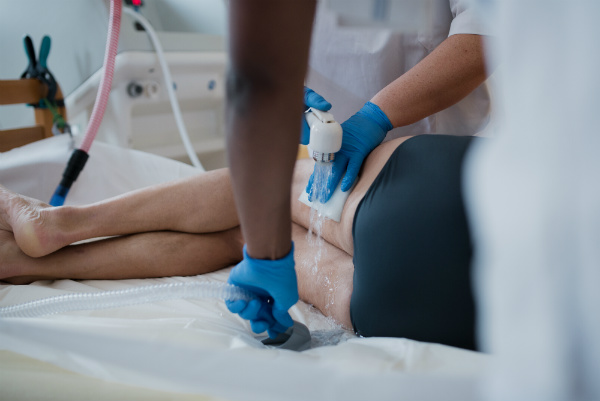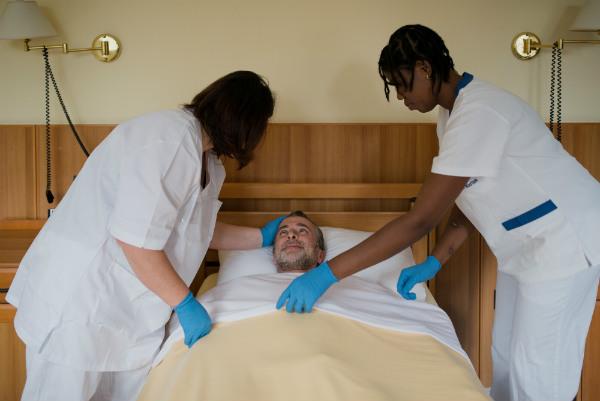A high and prolonged pressure of the body on the mattress can lead to the development of bedsores, or tissue lesions caused by a narrowing of the blood vessels. Subjects forced to maintain a static position for many hours a day may suffer from poor blood flow in the parts subjected to prolonged pressure, so the result is the development of necrosis. In a debilitated and immunodepressed body the onset of such wounds often leads to a worsening of the general conditions of the patient.
Professionals and non-professionals who take care of the psycho-physical health of people who are not self-sufficient must always keep in mind that it is much easier to prevent the development of a plague than to cure it.
For this reason it is advisable to periodically follow simple procedures, aimed at allowing a correct vascularization of the areas subjected to prolonged pressure.
The four macro interventions for the prevention of bedsores relate to: the position, the choice of support devices, periodic inspections of the skin and a balanced diet.
The prevention of pressure sores starts above all with a regular movement of the patient’s body. Experts agree that a bedridden person should change position every two hours, even at night. It is important to be advised by experienced physiotherapists to understand which are the best positions to take during the day.
Correct positioning, hygiene and nutrition are the golden rules of prevention.
It is essential to let your client take comfortable positions that allow you to distribute the weight of the body on as large a surface as possible.
In addition to the prone and supine position, remember to place the disabled person on the hips, making sure that the legs are firmly supported by a pillow; this position allows the weight of the body to be discharged onto the pelvic area and the pelvis. The inner part of the legs, especially the knees and ankles, must rest on the mattress thanks to latex cushions or mattresses.
Always avoid that ankles and knees rub together using cushions or mats.
Prevent the sheets from creating too much friction with the body, for example by minimizing the movements of the adjustable beds, to avoid possible friction.
Always equip yourself with anti-decubitus mattresses, possibly with air fluctuation: these aids in fact make it possible to evenly distribute the pressure of the body on the surface of the mattress.
It is important to continuously check the health status of the skin of your client, taking advantage of a change of sheets or clothes. Areas that show redness near pressure points can be a first warning of the formation of a sore. In this case, immediately contact the treating physician in order to avoid worsening the person’s health condition.
Another opportunity for a body surface check-up is during the bath. In fact, to keep the skin clean and healthy it is essential to periodically wash the entire body of the disabled person. Hygiene care is a process that requires high attention in all its phases, so it is necessary to use water and soap. Pressure sores are avoided by keeping the bacterial load present on the epidermis very low.
Two solutions allow deep cleaning of the bedridden person.
The first one, the classic one, consists of having a lifter or lifting the sick, renovating the bathroom and having either an accessible bathtub or a shower stretcher.
The second solution consists in constantly using Aquabuddy Home, the only solution that allows you to transform the bed of the bedridden bed in a real bathtub. A high-tech tool that, thanks to its water suction and delivery system, keeps the skin of the bed perfectly clean, without the need to use expensive aids, resort to renovations and above all maintaining high standards of comfort and hygiene.
In conclusion, if you deal with the psychophysical well-being of one or more non-self-sufficient people, remember to periodically check the health of their skin, because the prevention of sores is the best cure possible!


